
Polyester fabric is, by definition, synthetic: a fabric made by chemical synthesis rather than from natural materials (such as wool, cotton, linen, silk) or quasi-synthetic cellulose-based materials (rayon, acetate). First marketed in 1951, polyester is a petroleum-based product. When spun as a fiber, it is extremely strong, quick-drying, long-lasting and water-resistant. Polyester is used in nearly all categories of fabric production.
Chemical Makeup
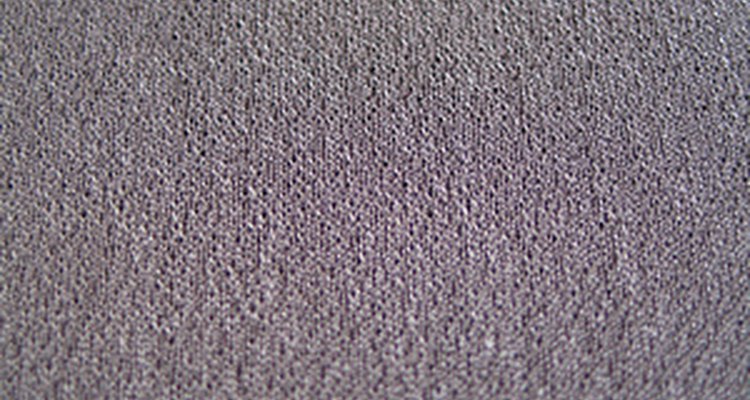
The word "polyester" gives an indication of its manufacturing process. An "ester" is a molecule produced by the combination an alcohol and an acid--in this case, ethylene, which is created by the breakdowns of the alcohols and acids in petroleum. "Poly" means "many." Polyester fabric is made from long chains of ethylene-based polymers, which can bind together to make a strong material.
Manufacture
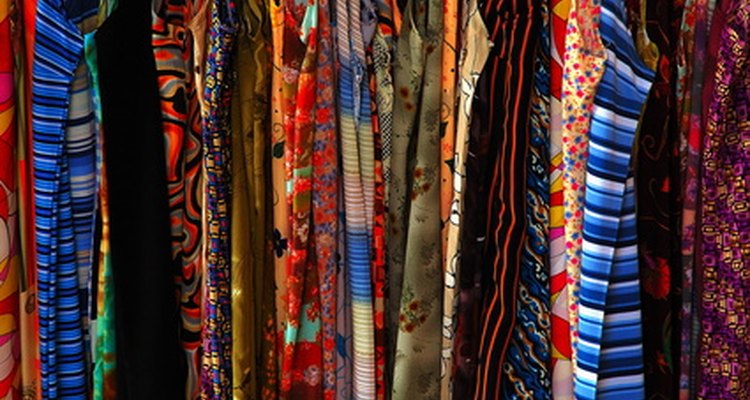
Petroleum-based acids and alcohols are placed in a high-temperature vacuum to create "condensation polymerization." The condensed polymer is formed into long chemical ribbons that are dried and cut into "chips." The chips are extruded into filaments, and these are spun on machines called "spinnerets" until the resulting fibers are as long, thin and flexible as organic or quasi-synthetic thread. The threads are textured and shaped to resemble the organic material the polyester is intended to duplicate.
Evolution

Jupiterimages/Creatas/Getty Images
The American public was first introduced to polyester fabric in 1951, under the brand name Dacron. Dacron was used in the first "wash and wear" clothing, substituting for both cotton and wool. Double-knit polyester fabrics--sewn by two parallel machines for extra strength--were introduced in the 1960s; fireproof clothing in the early 1970s; Lycra in the late 1970s; and microfiber polyester in the 1990s.
Environmental Effects

Because polyester is petroleum-based, it has a reputation for being environmentally unsound. However, many otherwise "natural" fibers are grown with harsh pesticides, and are unsustainably harvested, then transported, bleached, dyed and otherwise altered to such an extent that polyester may be more environmentally friendly by comparison. Polyester fiber can also be manufactured from recycled materials. As petroleum becomes more scarce, polyester may no longer be as inexpensive to make, forcing manufacturers to experiment with other, perhaps more earth-friendly, synthetic materials.
Future Trends
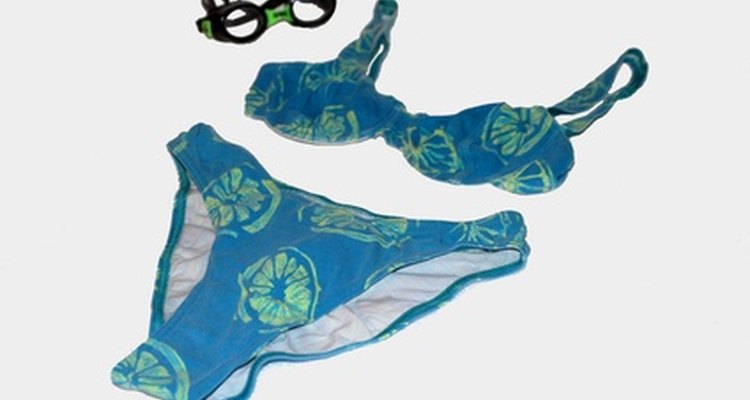
Research and development is continuing on new forms and uses for polyester and other synthetic fabrics. These include better moisture wicking; microbe shields; integrating small amounts of polyester into natural fibers for easier care; softer, "circular" knits for greater comfort; improved abrasion resistance to prevent fabric wear-down and pilling; and numerous ways to re-use or recycle polyester and its byproducts.
Related Articles

What Is the Difference Between Acrylic ...

How Is Poly Cotton Made?
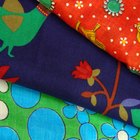
What Is Arnel Vintage Material Fabric?

The History of Bamboo Fabric

The History of Flame-Retardant Clothing

Definition of Polyester Staple Fiber

Denim vs. Denim Blends

Why Cotton Is Used in Clothing

What Is the Difference Between Lycra ...
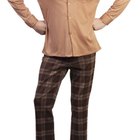
Characteristics of Polyester & Cotton

How Is Wool Turned Into Fabric?

Information About Cotton Fabric

Properties of Cotton Fabric
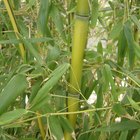
What Is the Durability of Bamboo Fabric?

How Does Cotton Help Insulate?
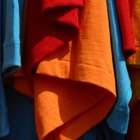
The Difference in Lycra & Cotton

How to Make Grapefruit Seed Extract

How to Get Fuzz Out of Polyester

Types of Polyester Fabric

Spandex vs. Polyester
References
Writer Bio
E.C. Rosenberg is an editor, writer and journalist with 20 years of experience in diverse subject areas and audiences. She has written for publications including "Technology Review" and "The Boston Globe" and has edited numerous books.
Photo Credits
sewing spool image by AGphotographer from Fotolia.com